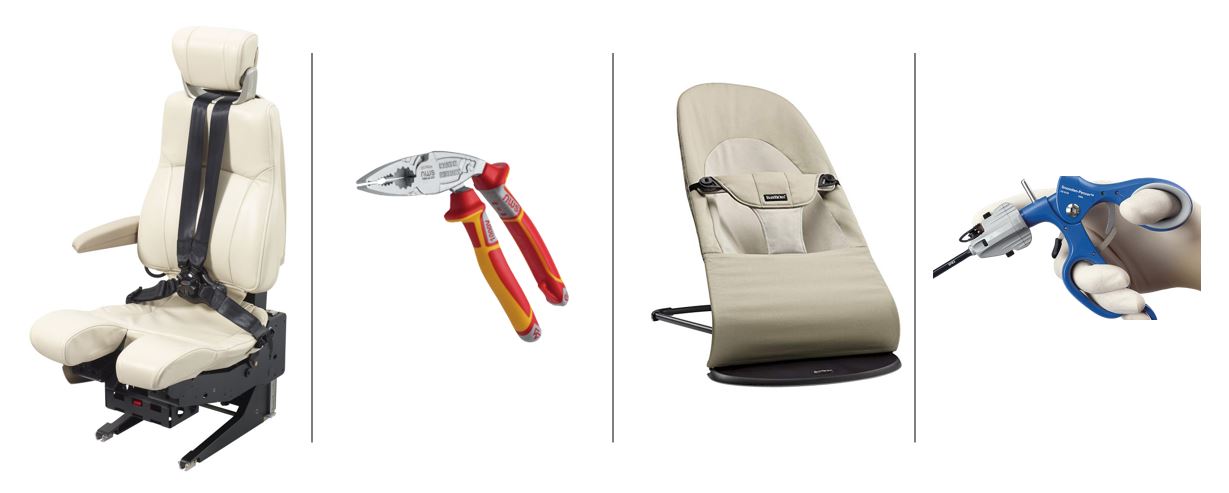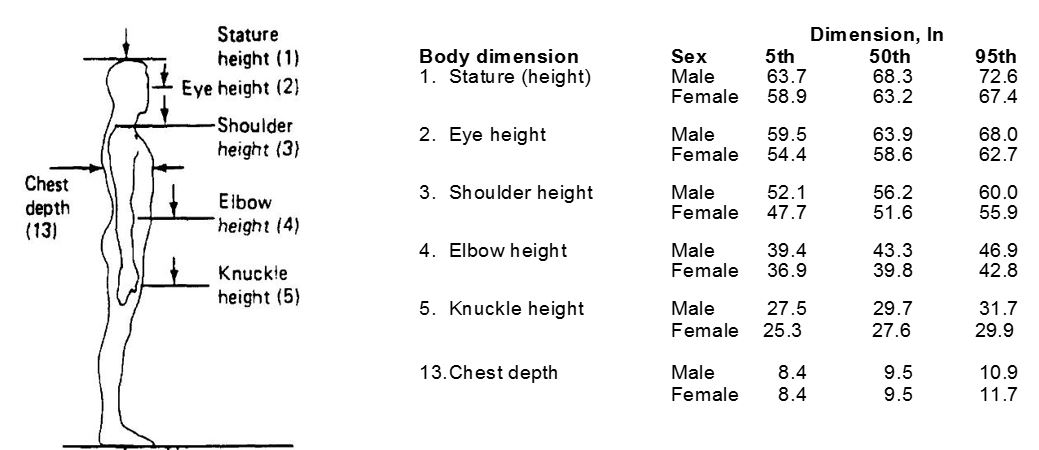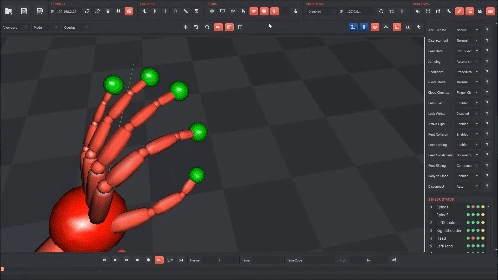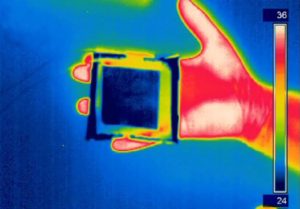Products can either enhance or hinder Human Performance based on their designed weight, dimensions and color. If the design considers the capability those using the product, the user will experience greater usability, comfort and productivity; while also reducing muscle fatigue and potential of error. Validating your products allows you to rest assured, your product specifications are within the accommodating capability of most users.

Your product will be compared to known Human Capabilities Percentiles to ensure the product fits the intended population. This includes comparisons of strength, height, girth, dexterity, visual acuity, reaches and intelligence.

EMG is a quantitative measurement of the muscle contraction magnitude necessary for an individual’s ability to conduct manual movements. These movements can include lifting or interacting with various types of equipment while performing a task.

In order to physically perform, we must move our bodies. Understanding those movement patterns is an important piece to improving performance and reducing stress. Through Biomechanical Modeling, we can predict the performance and the effects of the product on future users.

Temperature (hot / cold) can have drastic effects on product comfort and productivity and thus, quantifying the thermal characteristics of the material that the skin contacts is important.

Using the standards published in ISO, ANSI & EU, vibration of the product can be tested against specific safe exposure limits. These limits consider the magnitude and frequency of the vibration patterns and regards both total body and localized body regions. In making sure your product is within safe exposure limits the risk of injury will be reduced.
